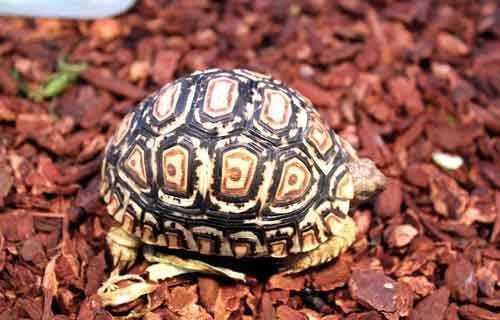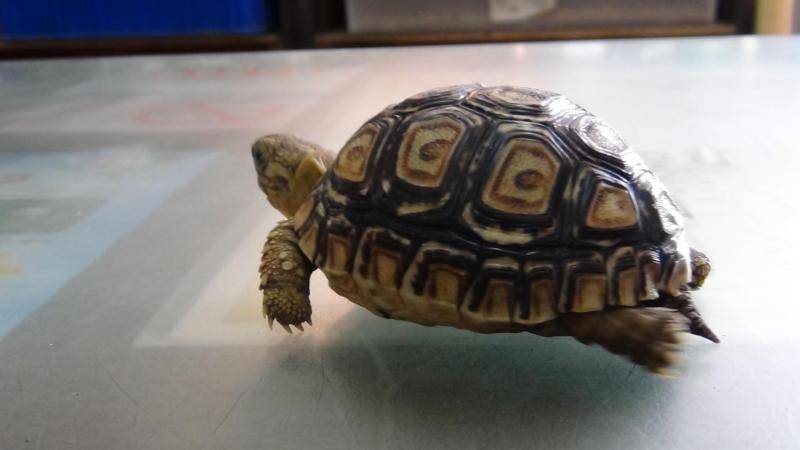Leopard turtles are reptiles that belong to the phylum Chordata and live mainly on land, and other turtles that need to live in water are larger in size, except for sea turtles of course. The main habitat of the leopard tortoise is dry grass or grassland, with a large living space, and nowadays there are many people who are raising leopard tortoises and keeping them as pets.

Leopard tortoises are vegetarians, so they generally feed on grass or roots. The main food items are various herbs therefore care must be taken if you want to feed a leopard tortoise.

Because leopard tortoise is a vegetarian kind of tortoise. If they are kept at home, it is recommended to feed them some vegetables, such as cabbage, oleander, spinach. You can also feed them some high fiber plants such as young leaves of sugar cane and some grasses. In addition to this, give them some low protein food, and be careful not to provide them with too much water, as well as fruits and vegetables, as this can cause them indigestion. It is recommended to feed them once a day and to pay attention to the amount of food. For leopard turtles around five months old, it is recommended to give them 5 to 6 leaves in the size of the palm of your hand for one meal.

Most of the leopard tortoises living in the wild are found in semi-arid grasslands. Therefore, they usually eat grasses or some wild flowers, but in the summer season they usually summer sleep; in winter, leopard tortoises are usually in a hibernating and curled up state; in this condition, they will hide in the burrows dug by jackals, mice, foxes, squirrels and anteaters. Since they live in vast grasslands, they eat a variety of different herbaceous plants. Of course they also eat some fruits and cactus plants.

The last type is the captive bred one, the captive bred one is similar to the domestic one, the only difference is that the captive bred leopard turtles are usually given some kind of feed specially for them to eat. In general, leopard turtles are very good to keep. The most important thing is to understand their habits.

